Saffron Spice: The Golden Treasure of the Spice World – 10 Tips to Buy, Use & Love It!
Have you ever wondered why saffron is called the "red gold" of spices? Whether you're a passionate home cook or a professional chef with a well-stocked pantry, this golden-hued spice holds a unique place in global cuisine and culture. From its exotic origins to its rich aroma and incredible versatility, saffron spice is more than just an ingredient — it's an experience.
In this article, we’ll explore everything you need to know about saffron: how to buy it like a pro, how to use it creatively, and even some fun facts that will impress your dinner guests. Plus, we’ve got a buying guide that breaks down the top options on the market, so you can feel confident choosing the right saffron for your next culinary masterpiece.
Table of Contents
- What Is Saffron Spice?
- Why Is Saffron So Expensive?
- How to Use Saffron in Cooking
- Health Benefits of Saffron
- Saffron Buying Guide: What to Look For
- Top 5 Saffron Products Reviewed
- Frequently Asked Questions About Saffron
- Final Thoughts
What Is Saffron Spice?

Saffron is derived from the dried stigmas of the Crocus sativus flower, commonly known as the saffron crocus. Each bloom produces only three delicate red threads — these are hand-picked and carefully dried to become the saffron we use in cooking.
The result? A vibrant, aromatic spice with a subtle floral flavor and a distinctive golden color that instantly elevates any dish. Used for thousands of years across Europe, the Middle East, and Asia, saffron adds both luxury and tradition to recipes ranging from Spanish paella to Persian rice dishes like tahdig.
Why Is Saffron So Expensive?
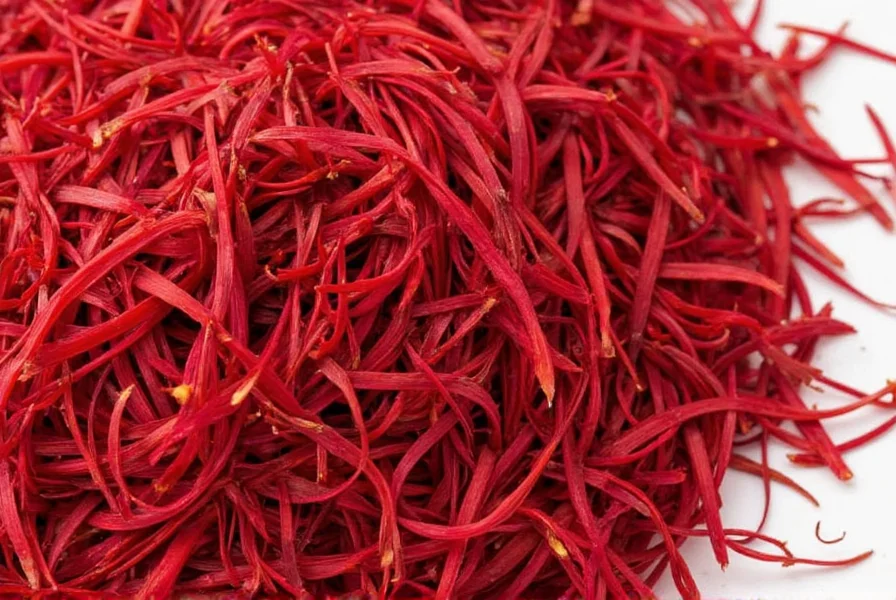
If you’ve glanced at the price tag on a small jar of saffron and did a double-take, you’re not alone. Here’s why this spice costs so much:
- Labor-Intensive Harvesting: Each flower produces only three usable threads, and they must be picked by hand during a short annual blooming season.
- Low Yield: It takes around 75,000 blossoms to produce just one pound of saffron.
- High Demand + Limited Supply: Authentic saffron is mainly cultivated in Iran, India, Greece, and Spain, where ideal growing conditions are limited.
Because of this, saffron remains one of the most expensive spices in the world — sometimes costing more than $5,000 per pound!
How to Use Saffron in Cooking
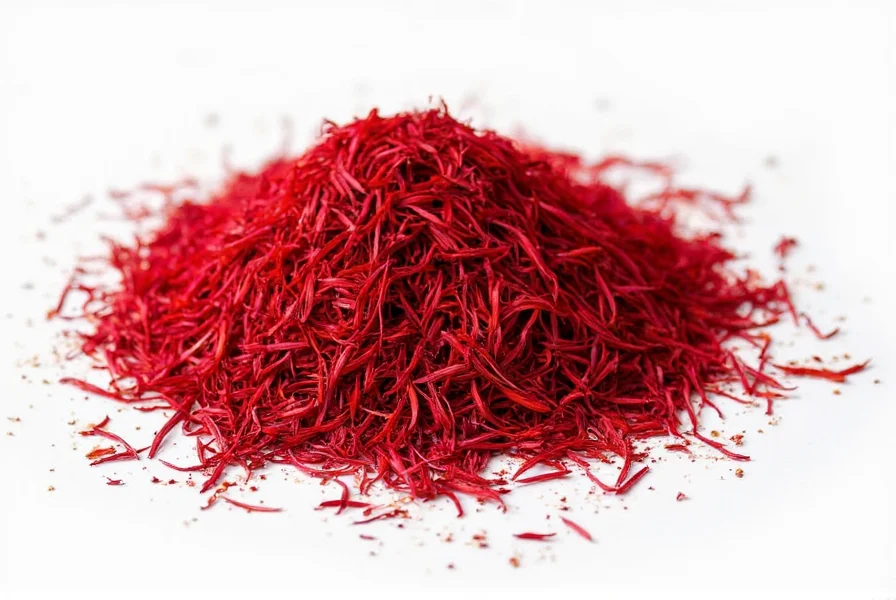
Using saffron might seem intimidating, but once you get the hang of it, it becomes one of your most treasured kitchen staples. Here are five practical tips for using saffron like a pro:
- Soak Before Using: To unlock saffron’s full flavor and color, soak the threads in warm liquid (water, broth, or milk) for 20–30 minutes before adding to your dish.
- Use It Sparingly: A little goes a long way! Start with a few strands and adjust to taste.
- Add Early in the Cooking Process: This allows the flavor and color to infuse evenly into your dish.
- Avoid High Heat: Don’t throw saffron directly into boiling oil; it can scorch and lose flavor quickly.
- Pair With Complementary Flavors: Saffron loves seafood, citrus, butter, vanilla, and herbs like thyme and rosemary.
Health Benefits of Saffron
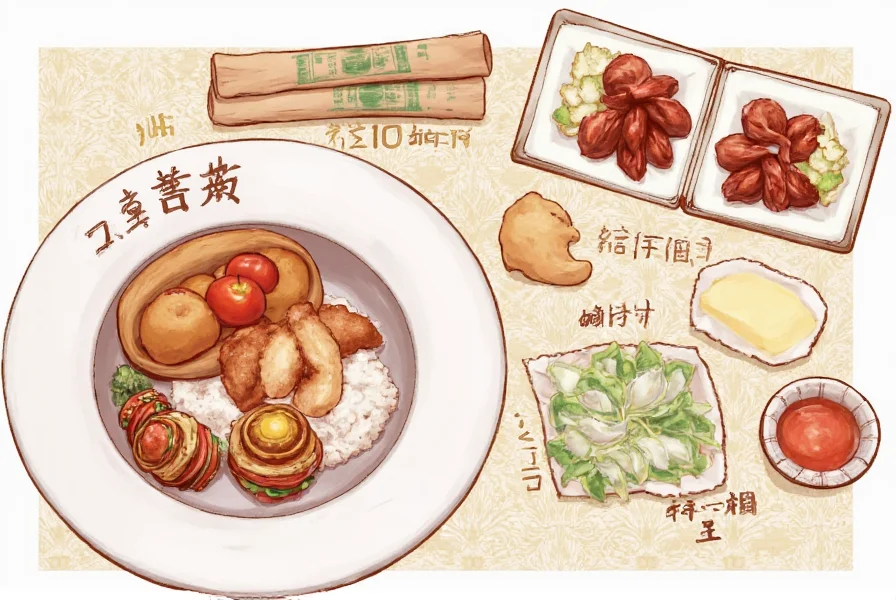
Beyond its culinary uses, saffron has been celebrated in traditional medicine for centuries. Modern science supports many of these claims, showing that saffron may offer several health benefits:
| Benefit | Description |
|---|---|
| Mood Enhancement | Studies suggest saffron can act as a natural antidepressant and mood booster. |
| Antioxidant Properties | Rich in antioxidants like crocin and safranal, saffron helps fight oxidative stress. |
| Anti-Inflammatory | May help reduce inflammation linked to chronic diseases like arthritis. |
| Eye Health | May protect against age-related macular degeneration. |
| Sleep Aid | Consumed in teas, saffron may promote relaxation and better sleep. |
Saffron Buying Guide: What to Look For
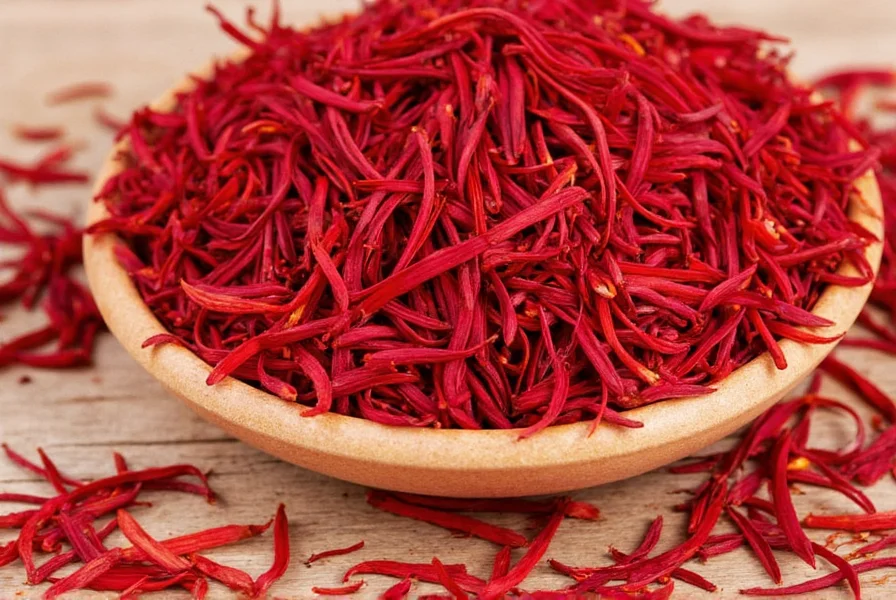
With so many saffron products available, it’s crucial to know what to look for when shopping. Here’s a quick breakdown of key factors:
| Factor | Details |
|---|---|
| Purity | Look for “pure saffron threads” — avoid mixes with other plant materials. |
| Color | Deep red threads with minimal orange or yellow parts indicate high quality. |
| Origin | Iran produces over 90% of the world’s best saffron. Other reputable sources include Spain, Kashmir, and Greece. |
| Grading | Grade A saffron (also known as “Coupe”) is considered premium. Lower grades may include broken threads or styles. |
| Packaging | Buy in airtight, dark glass containers to preserve freshness and potency. |
Top 5 Saffron Products Reviewed
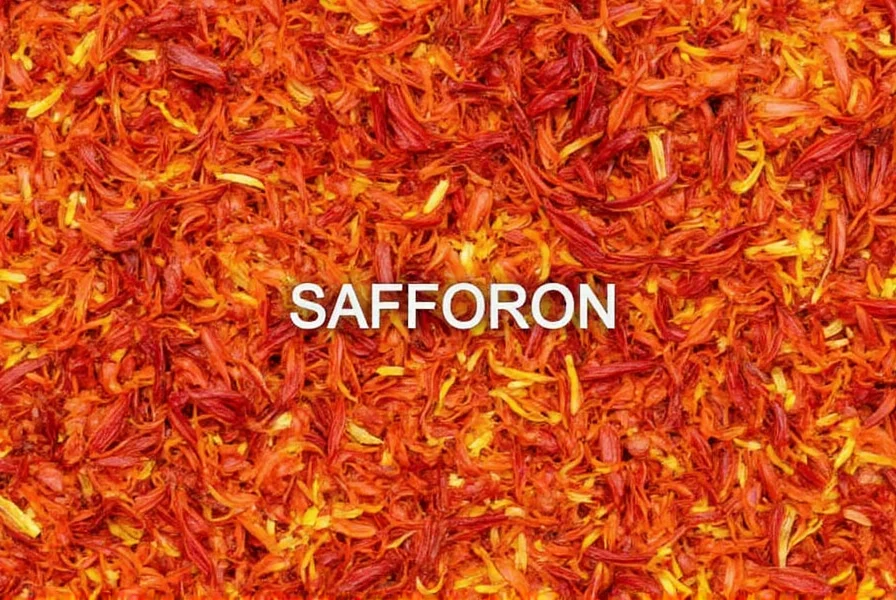
Here’s a list of our favorite saffron brands based on quality, purity, and value — perfect for beginners and pros alike:
- Rumi Spice Afghan Saffron (Grade A)
- Features: Ethically sourced from Afghanistan, known for vibrant color and strong aroma.
- Best For: Chefs and gourmet cooks seeking authenticity.
- Occasion: Special meals, gifts, and culinary experiences.
- Now Foods Saffron Extract Capsules
- Features: Easy-to-use capsules for health-focused users.
- Best For: Daily supplementation and wellness routines.
- Occasion: Morning routine, stress relief, mood support.
- Artin Saffron Premium Threads
- Features: Iranian Grade A saffron in vacuum-sealed packaging.
- Best For: Home cooks looking for consistent quality.
- Occasion: Weeknight dinners, family gatherings, baking projects.
- Les Jardins de la Reine Spanish Saffron
- Features: Organic Spanish saffron, excellent for paella and desserts.
- Best For: Mediterranean cuisine lovers and foodies.
- Occasion: Themed dinners, tapas nights, and weekend brunches.
- Sunland Organic Saffron
- Features: USDA certified organic, grown in California under sustainable practices.
- Best For: eco-conscious consumers and local food advocates.
- Occasion: Farmer’s markets, sustainability-themed events, gift baskets.
Frequently Asked Questions About Saffron
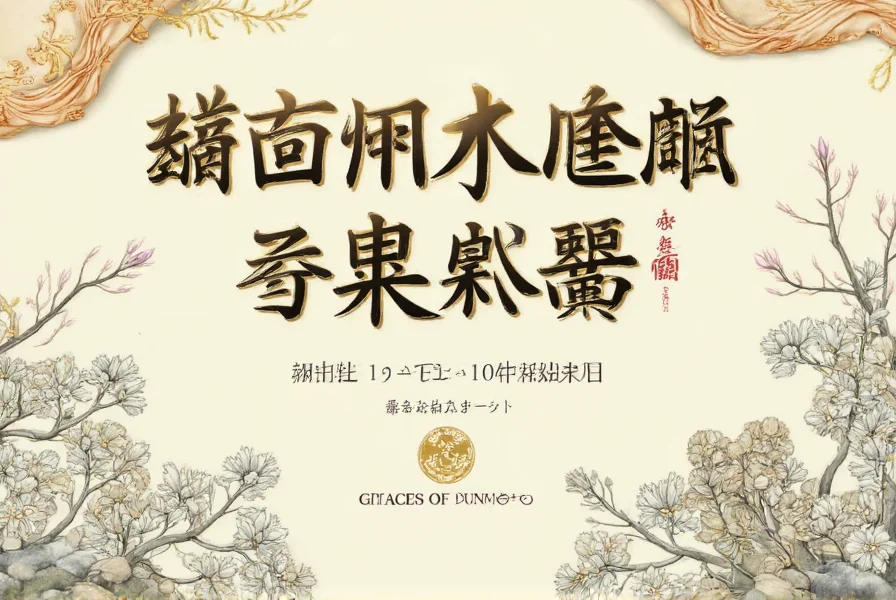
We've compiled the most common questions people ask about saffron spice:
- Can I eat saffron raw? No, it’s best soaked or cooked to release its flavor and color.
- Is saffron safe during pregnancy? In moderate culinary amounts, yes. However, medicinal doses should be avoided without medical advice.
- How do I store saffron? Keep in a cool, dark place in an airtight container. Properly stored, saffron can last up to two years.
- Can I substitute saffron? Turmeric or annatto can mimic the color, but no true substitute matches saffron’s unique flavor profile.
- How much saffron should I use per serving? Typically, 5–10 threads per serving are enough for most recipes.
Final Thoughts
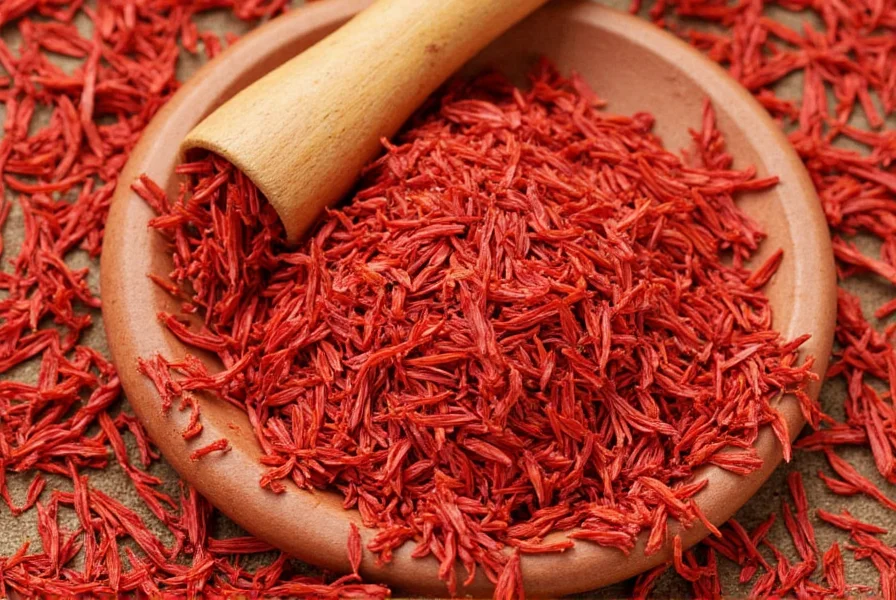
Saffron is more than a spice — it’s a symbol of elegance, history, and culinary artistry. Whether you're sprinkling it into a creamy risotto or steeping it into a soothing cup of tea, saffron brings a touch of luxury to everyday life.
Now that you know how to choose, use, and love saffron, it’s time to bring that golden magic into your kitchen. Remember: a pinch of saffron goes a long way — but the impact lasts forever.

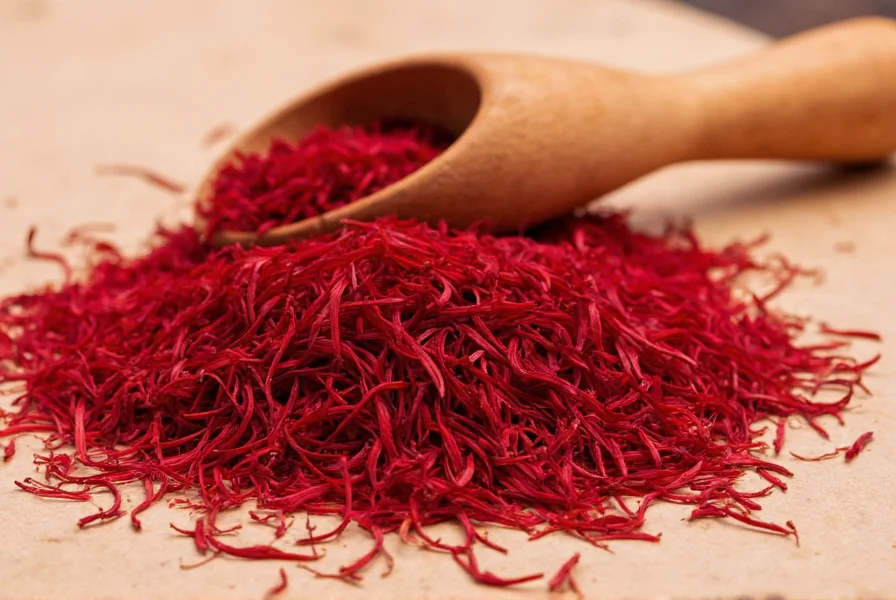









 浙公网安备
33010002000092号
浙公网安备
33010002000092号 浙B2-20120091-4
浙B2-20120091-4